OSRAM Conventional Lamps

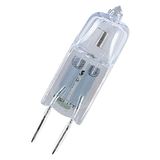

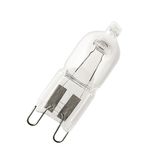
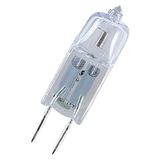
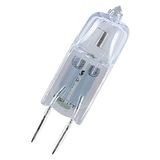
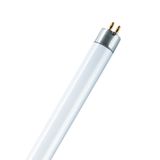

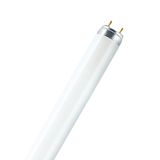
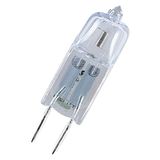
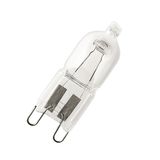


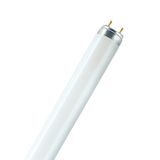


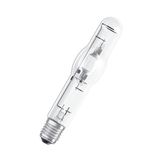



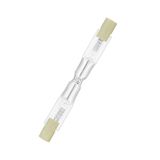
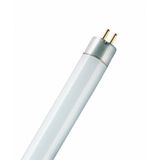
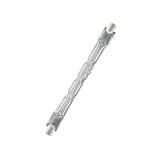
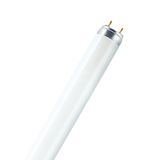
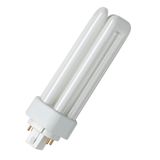
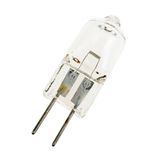

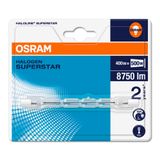
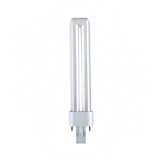

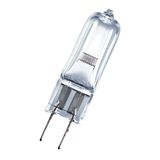
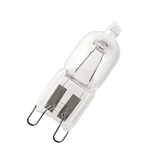
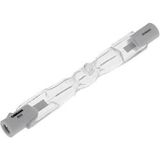
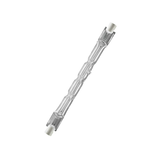

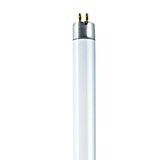

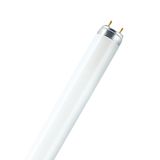
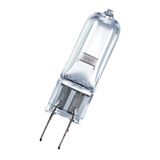

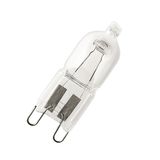
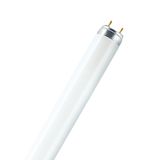
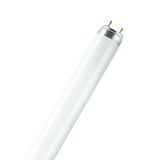
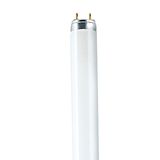
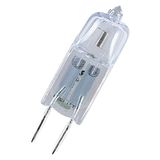
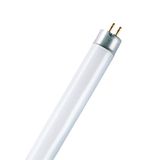
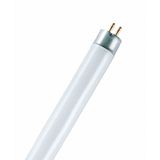

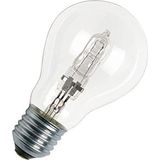

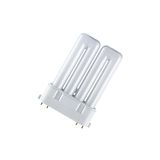

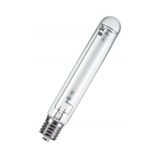
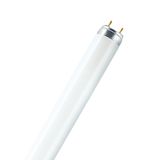


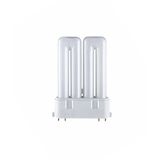
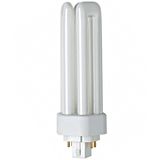
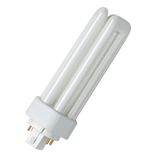
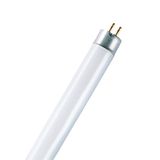
OSRAM lamps span LED retrofit bulbs, halogen alternatives, decorative lighting and commercial retrofit solutions. For procurement engineers they are more than “just light sources”: they affect energy budget, maintenance cycles, interoperability (bases, sockets), and compliance with safety & building-standards. Keywords used: osram lamps, osram led bulbs, osram retrofit lamps, osram halogen alternatives, osram decorative lighting
OSRAM Lamp Sub-types & Typical Use Cases
OSRAM LED Bulbs
LED-based replacements for traditional lamps, in E27/E14/GU10 etc bases. For example the OSRAM LED lamps catalogue lists >1 100 SKUs covering classic shapes, filament style, reflector types and high-efficiency versions. Use cases: lighting in offices, corridors, decorative fixtures, retrofit in existing luminaires.
OSRAM Retrofit Lamps
These are retrofit-style lamps designed to fit into existing luminaires and replace halogen/incandescent or compact-fluorescent lamps, minimizing rewiring. For instance LED lamps with classic-bulb shape, compatible base and form-factor. Use case: speeding up replacement projects in buildings without changing fixtures.
OSRAM Halogen-Alternative Lamps
Halogen and incandescent types are still in use; OSRAM continues to offer halogen low-voltage and specialty lamps.Use case: existing lighting installations where fixture optics are designed around halogen lamp characteristics.
OSRAM Decorative & Specialty Lighting
Here fall vintage filament-style LED lamps, globe shape, candle shape, reflector types, and specialty lamps (e.g., high-CRI, reduced-blue-component). OSRAM lists decorative LED/vintage line among its LED lamp categories. Use case: hospitality, retail, architectural lighting where aesthetics and colour rendering matter.
OSRAM Key Specifications & Standards – What to Check
- Luminous flux (lm) & power (W): LED retrofit lamps commonly specified by lumens per watt (lm/W) to compare efficiency. OSRAM LED lamp list shows filters for “LED lamps with higher energy efficiency”.
- Base/sockel compatibility: E27, E14, GU10, etc. Using wrong base means fixture mismatch.
- Shape/Form-factor: A-shape, globe, filament-style, reflector (R, PAR) — OSRAM data shows many shapes.
- Colour temperature & CRI: Decorative lighting may require CRI > 90; neutral white vs warm white.
- Dimming capability: If retrofit into dimmed circuits, check compatibility.
- Standards/certification: CE, EAC, RoHS, ballasts or drivers integrated, safety/EMC standards. + Building codes for retrofit may demand specific efficacy levels.
- Lifetime & maintenance interval: LEDs can offer 20,000–50,000 h; halogen alternatives often much less.
- Thermal and ambient limitations: Heat in enclosed luminaires can reduce LED lifetime; ensure driver rating matches ambient.
Why it matters: specifying an LED lamp without adequate flux means spaces are under-lit; using non-dimmable lamp in a dimming circuit leads to flicker or failure; incorrect base means wasted effort.
OSRAM Lamp Series Highlights
- OSRAM LED A60 9 W 806 lm 2700 K (E27): Classic-shape LED retrofit bulb. Good for general lighting in fixtures originally designed for incandescent/halogen.
- OSRAM Classic 6.5 W A60 (E27): Entry-level LED bulb with matte finish; suitable for widespread building upgrades.
- OSRAM LED E14 6.5 W 3000 K 560 lm: Small base (E14) LED lamp, useful for decorative fixtures or where space/bases are constrained.
- OSRAM Halogen G4 12 V 20 W: Halogen lamp alternative; useful for legacy fixtures that can’t easily be converted to LED.
- OSRAM Xenon Lamp 66140: Specialty xenon lamp, not typical general lighting, but useful to show OSRAM’s breadth in lamp technologies.
- OSRAM C5W 12 V 1 W lamp: Small-voltage lamp, niche use (automotive, indicator) but shows decorative/specialty lamp category
Procurement & Buyer Logic – What to Prioritise and Common Mistakes
Key evaluation criteria for OSRAM lamps:
- Ensure fixture compatibility: base-type, form‐factor, dimming circuit.
- Confirm required luminous flux for the space (lux levels) and choose lamp accordingly.
- Evaluate lifetime and maintenance cost: LED vs halogen.
- Chck colour temperature and CRI for application (decorative vs utility).
- Review driver/ballast compatibility (especially retrofit into existing circuits).
- Ensure documentation: datasheet, driver datasheet, certification (CE/EAC).
- Stock availability and single-source supply from your distributor.
Common mistakes:
- Ordering LED retrofit without checking fixture spacing or thermal load — LED life shortened.
- Mixing different colour temperatures in same space – looks uncoordinated.
- Using a non-dimmable lamp in a dimming circuit – flicker or premature failure.
- Overlooking socket/base mismatch (e.g., E27 vs E14) or form-factor causing fitment issues.
- Ignoring maintenance/lifetime – halogen may have lower upfront cost but higher replacement frequency.